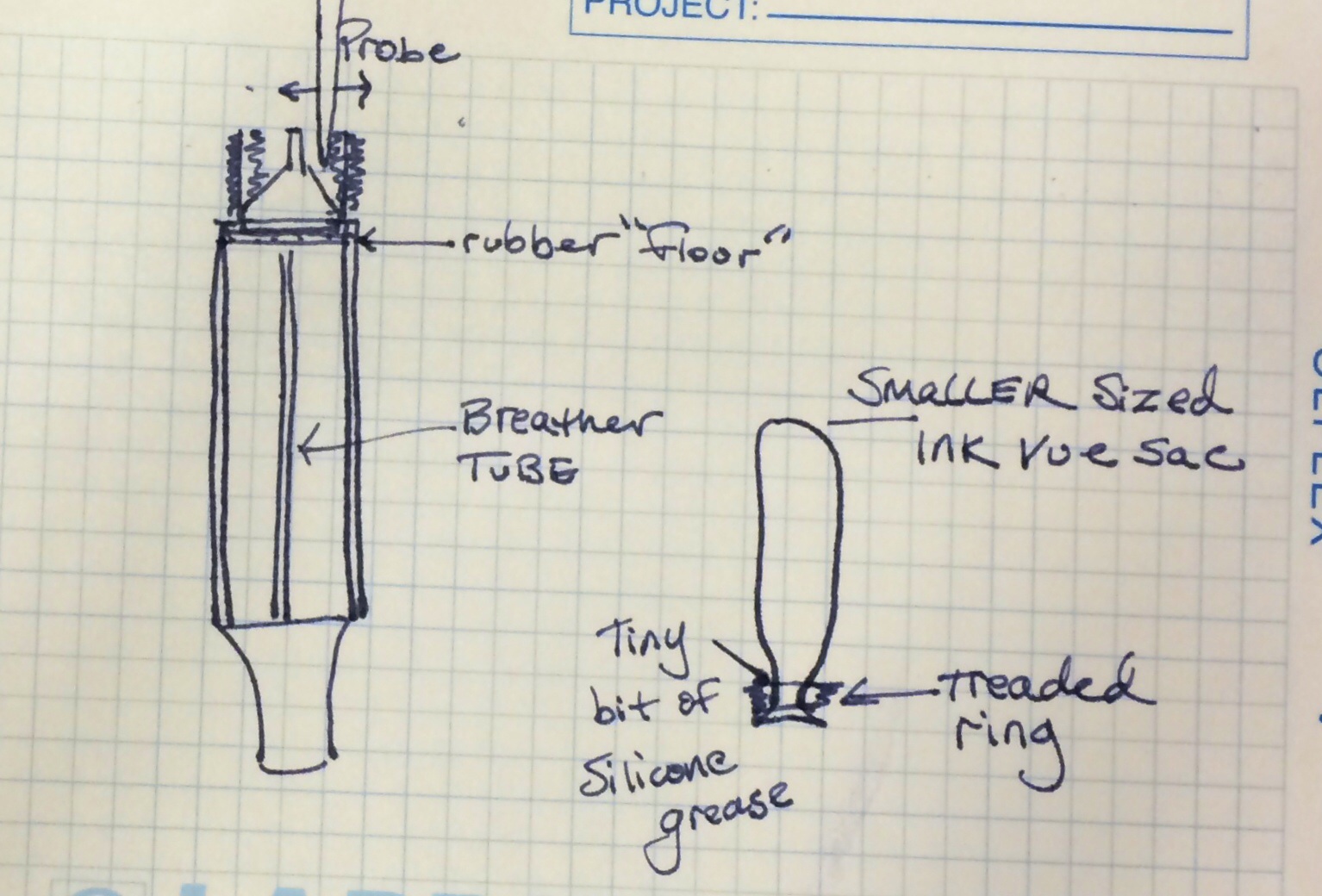I am restoring that model now - the one with 2-part barrel that separates. (my first of this kind) and noted a curious divergence of instructions from 2 well known experts about this pen. Richard Binder advocates using a rubber washer next to the cone which attaches to the ink sac while Laurence Oldfield, in his book (2nd ed.) does not mention or show any washer at all...just the cone/nipple and threaded ring.
Is this a case of adding an additional layer of safety against leakage vs sufficient leak proofness with just the cone/nipple and threaded cap i.e. a simple difference of opinion/judgment between two highly experienced professionals?
I wonder what the opinions of others familiar with this pen think about this?
Thank you all,
Stuart07
.















